Type of resources
Available actions
Topics
Keywords
Contact for the resource
Provided by
Years
Formats
Representation types
Update frequencies
status
-
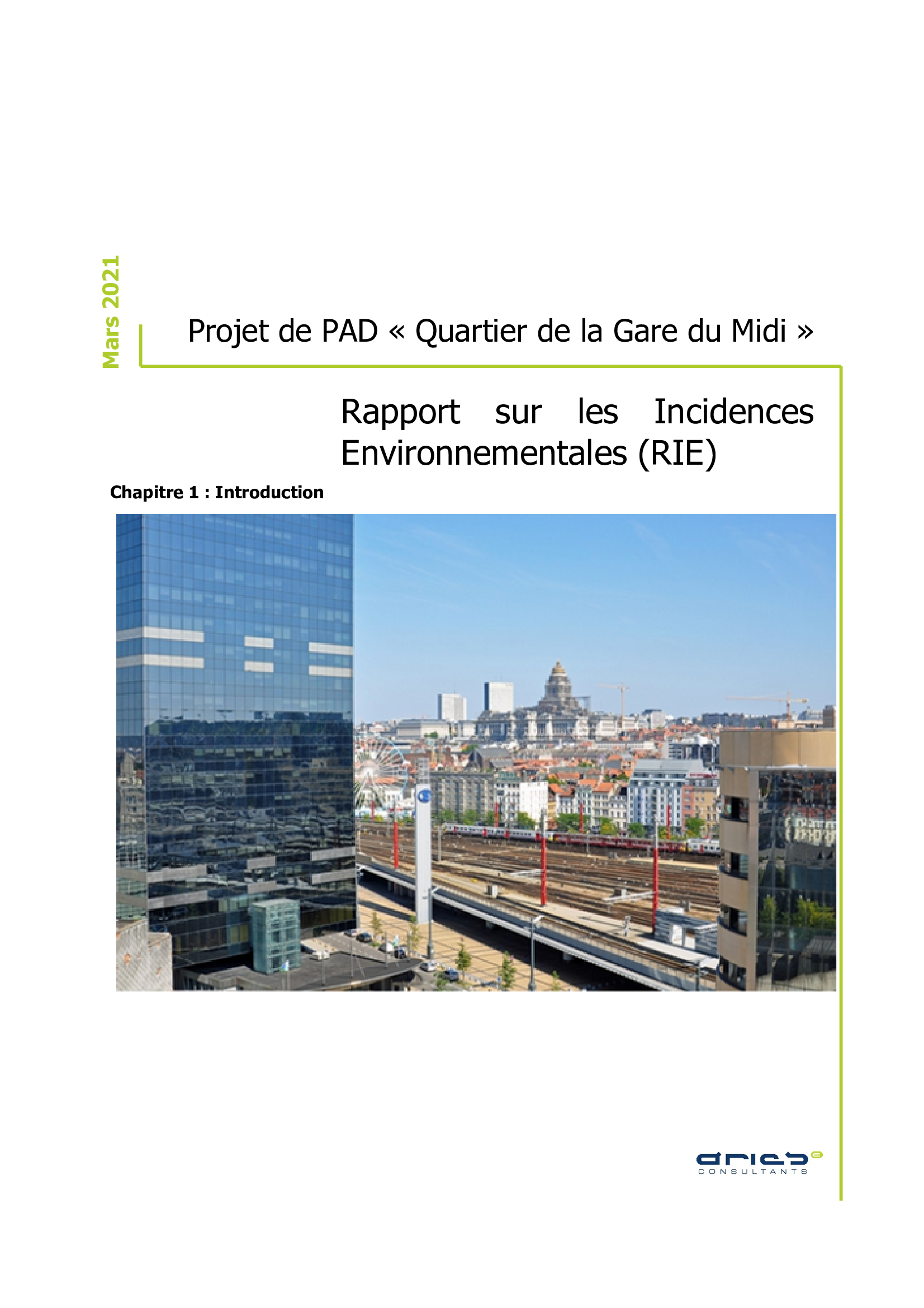
Master Development Plan (MDP) project of the "Gare du Midi area", Environmental Impact Report (EIR)
-
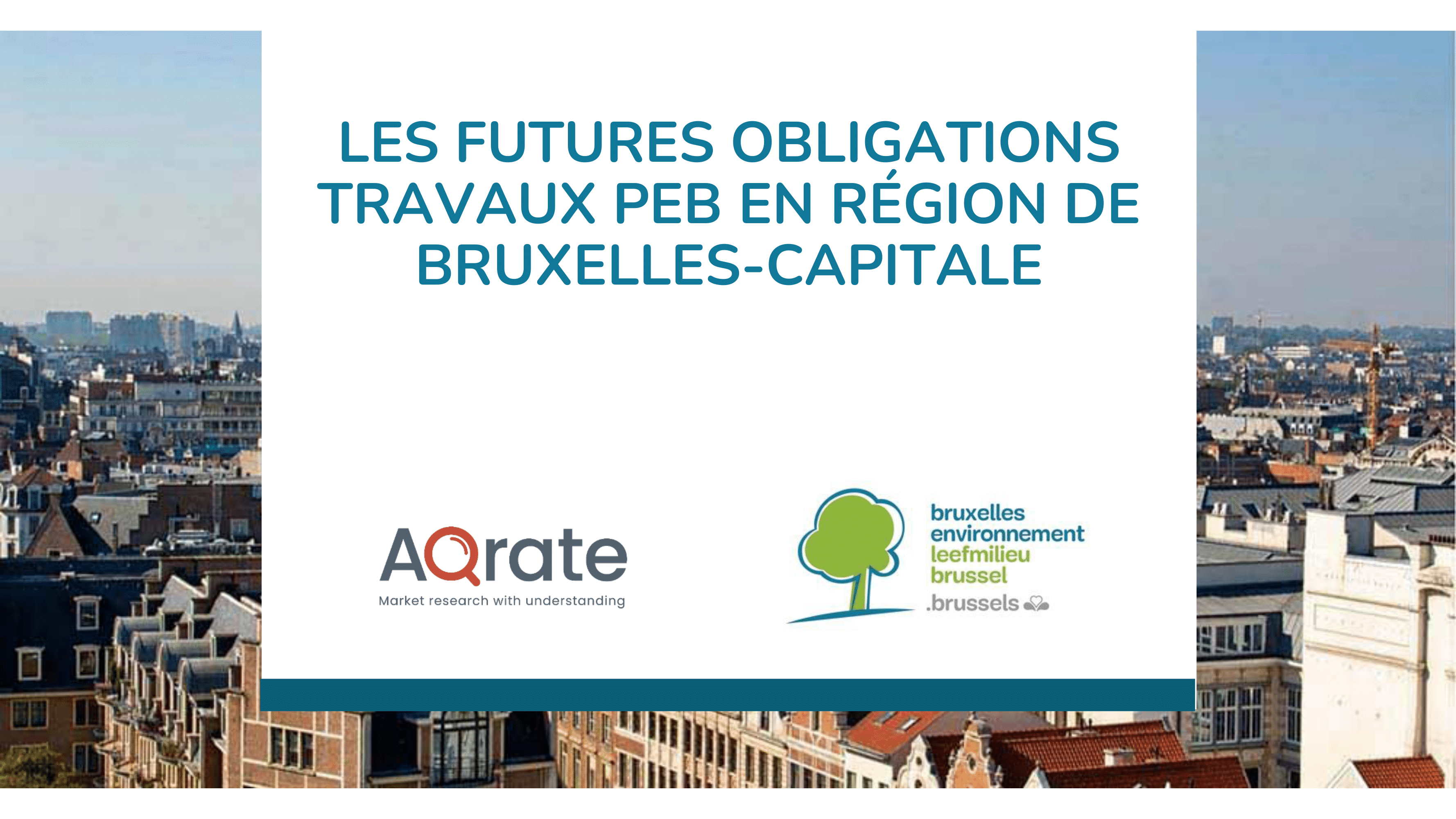
The objectives of the survey are to determine the level of understanding of the different concepts relating to energy and EPB, and to measure the level of understanding and acceptance among homeowners and property managers of future EPB obligations in the Brussels-Capital Region, as well as exemptions and financial aid.
-
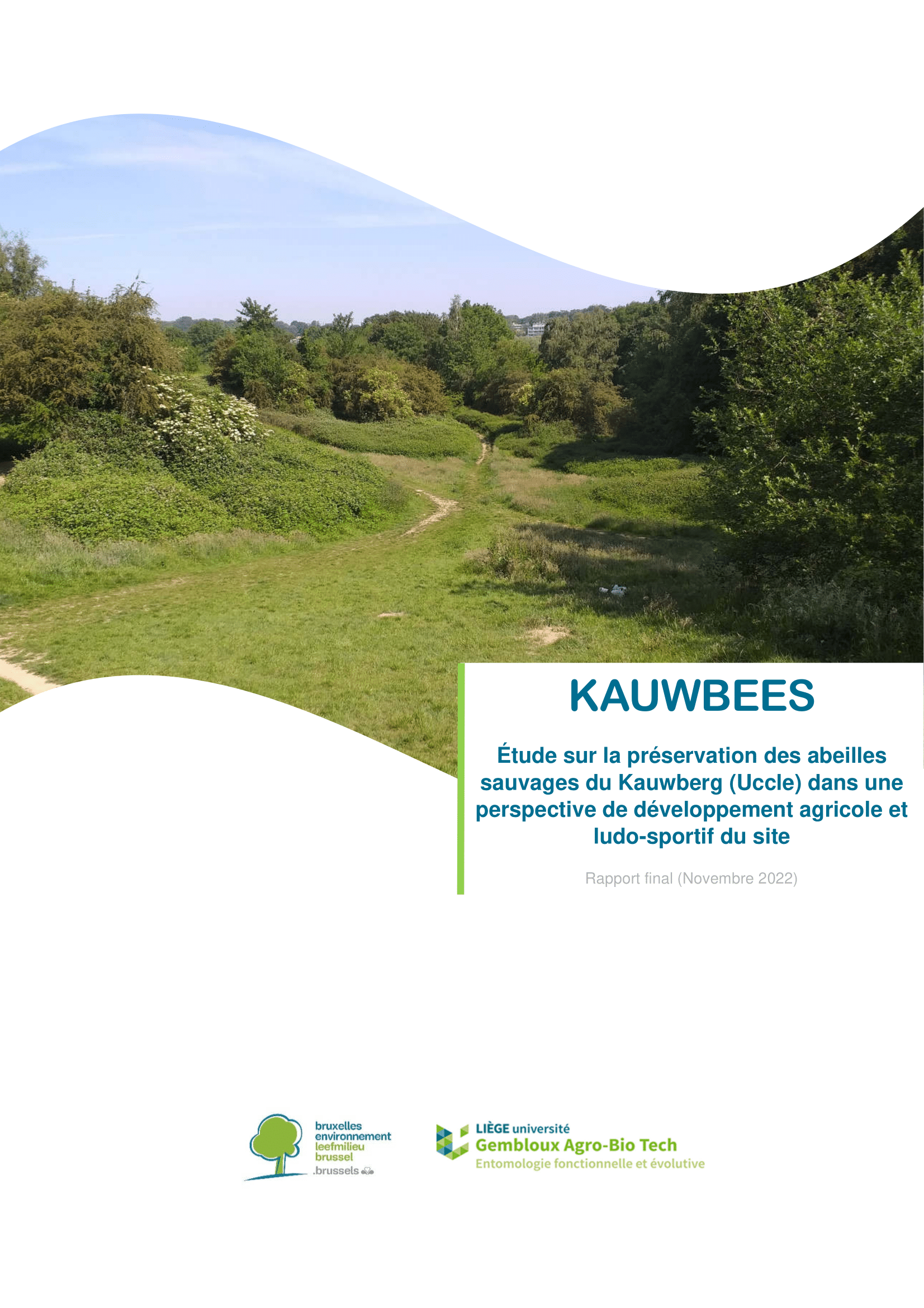
The objective of this study is to evaluate the conservation issues of the different types of habitats on the site (forest, meadow, urban vegetable garden) for the proper maintenance of bee biodiversity. The compatibility of the conservation objectives and the recreational development proposed by the management plan set up by Bruxelles environnement is also studied. Other management proposals are also made in order to favour all wild pollinators within the site.
-
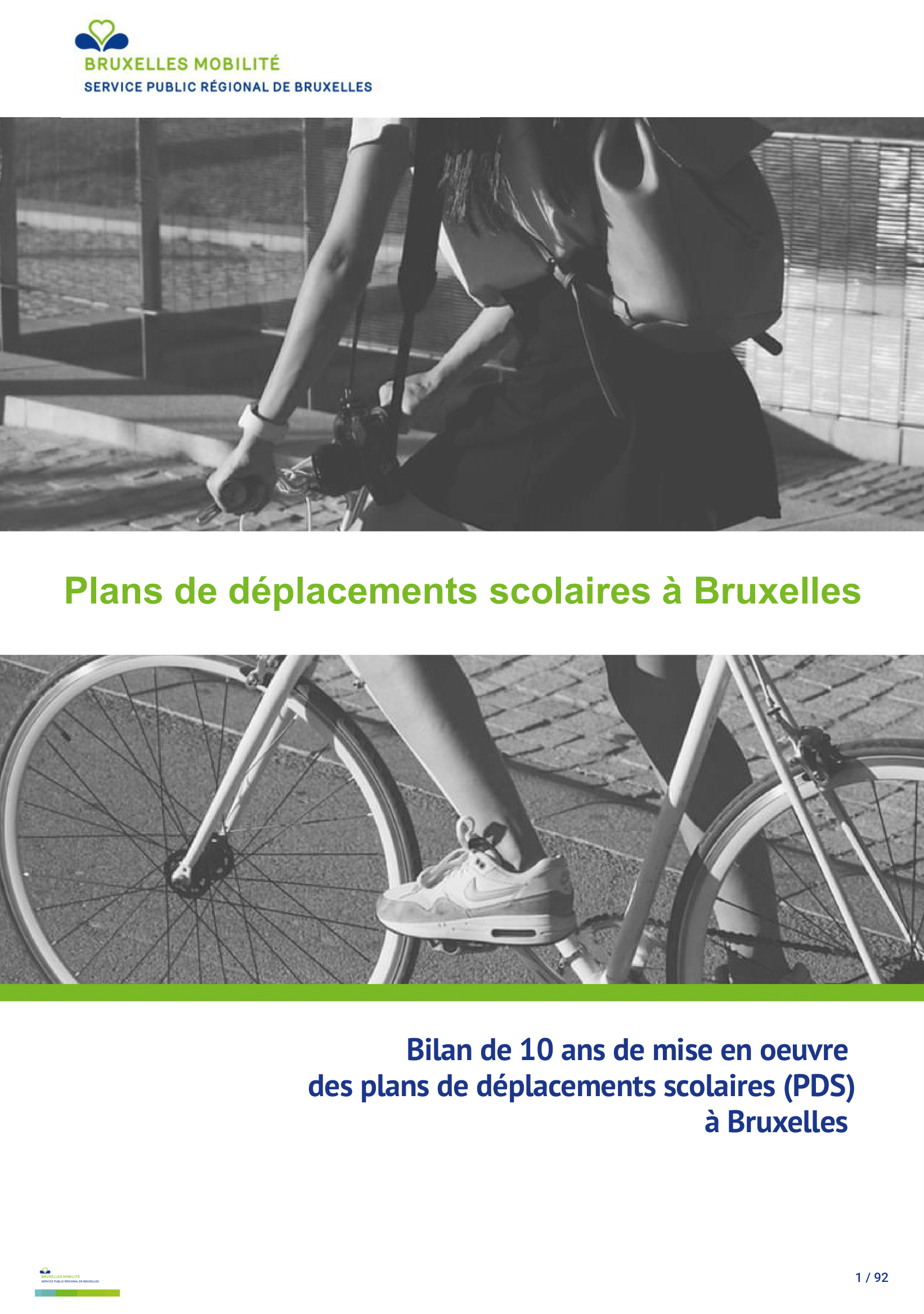
Study to analyse all available data on school mobility and draw conclusions on the functioning of School Travel Plans: what works well, what could be improved? The study produced interesting data analyses and useful recommendations that have since been put into practice.
-
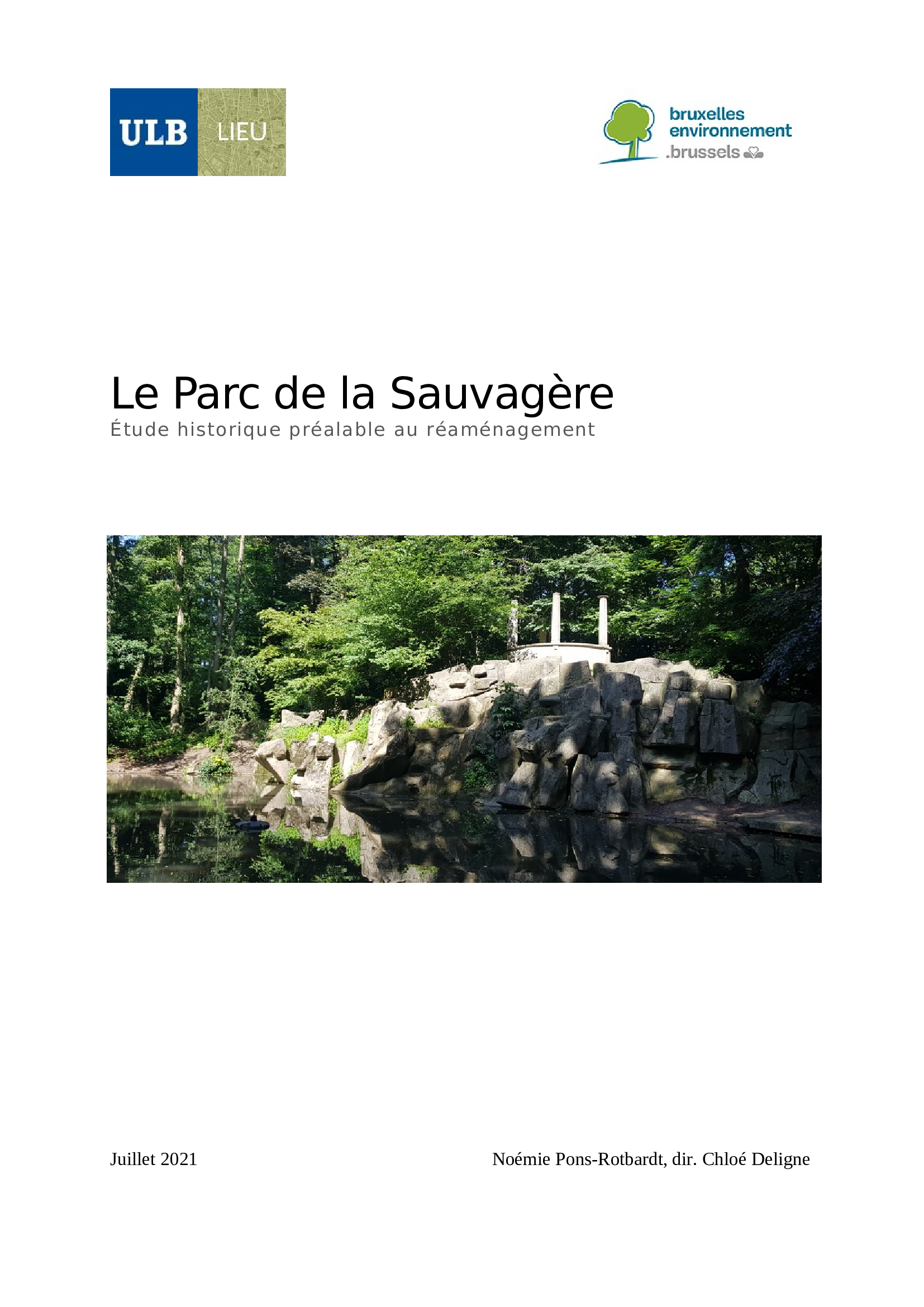
The land of La Sauvagère was once part of the Forêt de Soignes. It was sold to the Société Générale at the same time as the Forest, it was sold and then cleared from 1831-33. At the beginning of the 20th century, Albert Blieck, an industrialist in Molenbeek, had a villa built there designed by the architect Fritz Seeldrayers, in the middle of a park laid out by the landscape architect Jules Buyssens and the rock cutter François Dumilieu, two figures of the Jardin picturesque movement. Two successive owners have subsequently changed the contours and character of this private estate, which was relatively neglected for twenty years after the Second World War. Bought by the Commune of Uccle in 1964, it became a public green space public green space a few years later and is home to various sports facilities and domestic animals. Its proximity to other preserved natural areas (Kauwberg, Geleytsbeek valley, Engeland plateau, Verrewinkel wood, Fond Roy...) justifies its inclusion in the in the Natura 2000 network in 2016.
-
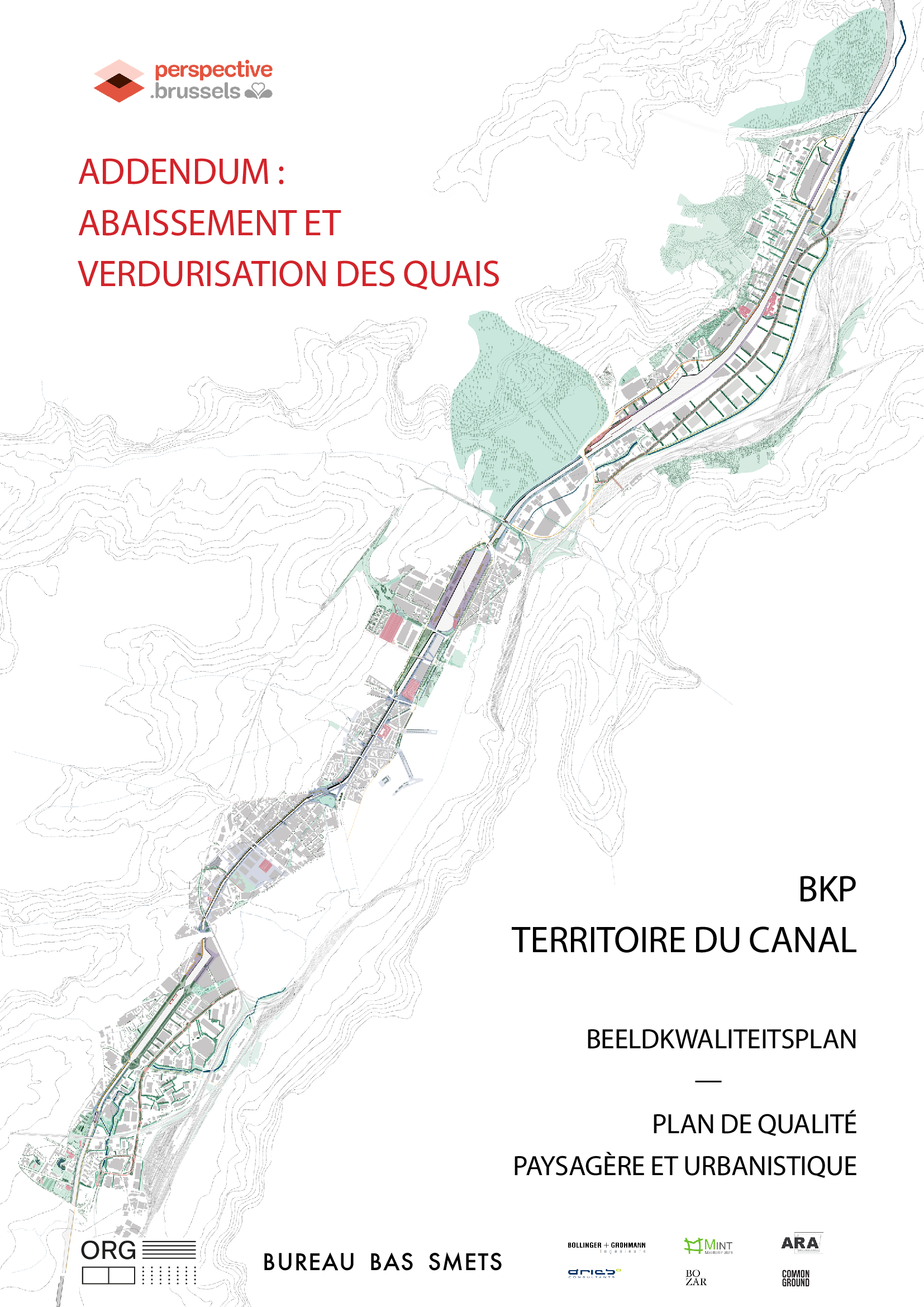
Following a request from the Brussels Regional Government and within the framework of the BKP, an additional study was carried out in 2020 to investigate the possibility of lowering and greening the canal banks. This would strengthen the link between public space, water and nature. The objective of this feasibility study was to: -identify the land on the canal that could be transformed into quality public spaces ; -evaluate the technical and spatial constraints to investigate the possibilities of greening the banks, both on the banks themselves and on the waterway.
-
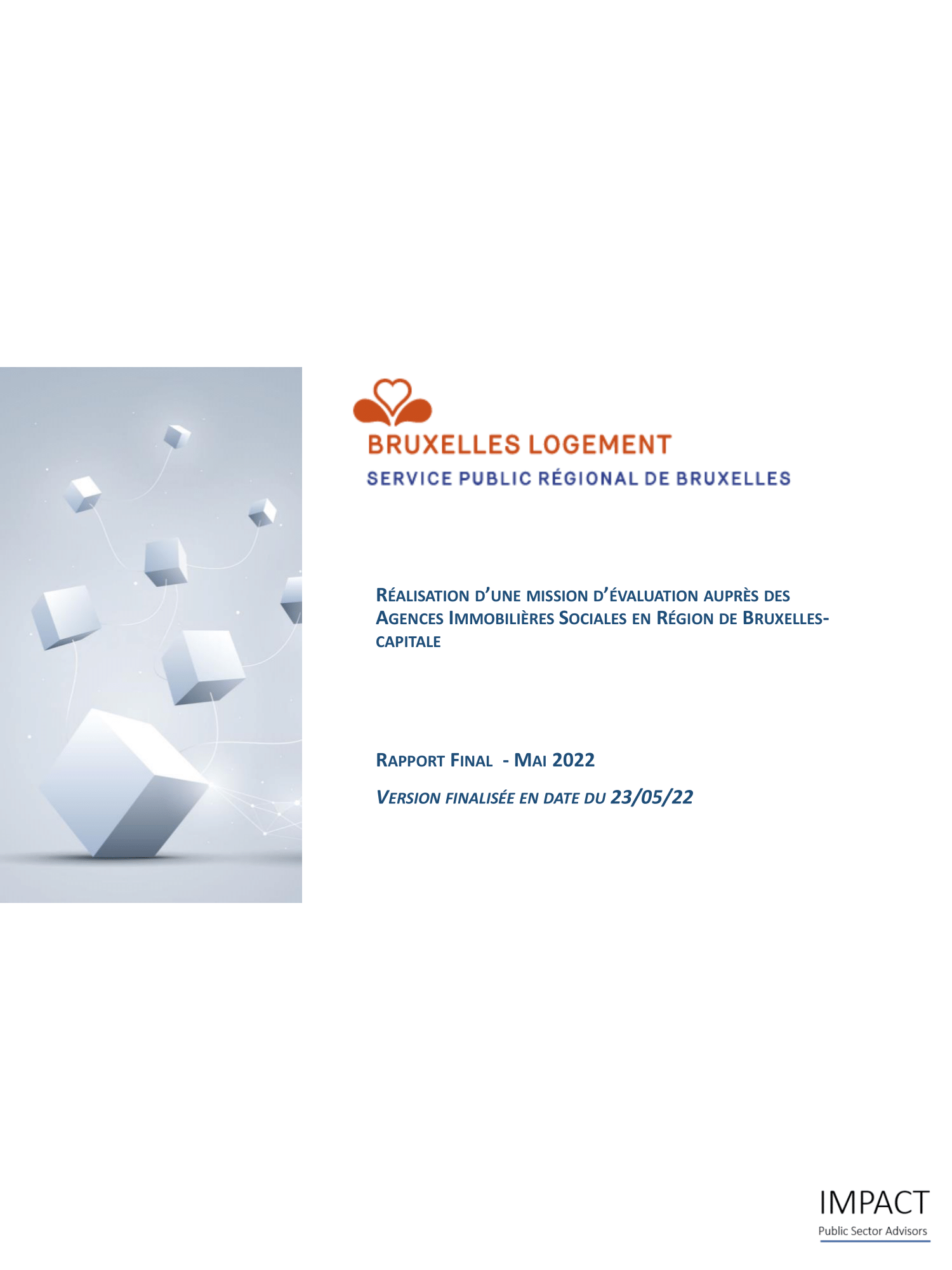
Conducting a performance audit on the SREA sector
-
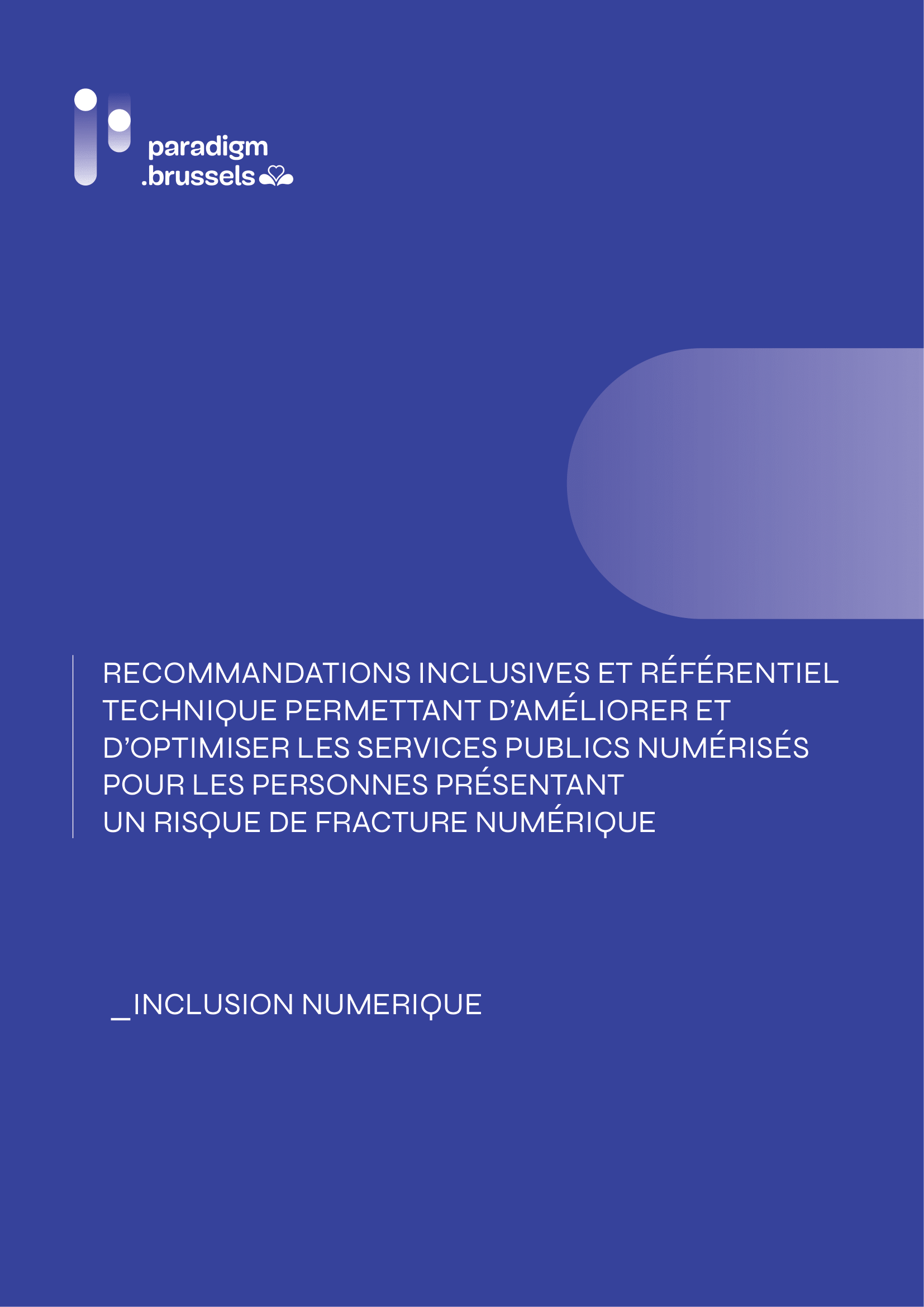
This report contains 38 recommendations that will go beyond the accessibility standards (WCAG 2.1 AA) to make online public services inclusive for all citizens. In addition to these recommendations, the second part of this report presents a framework for IT developers, listing the technical criteria for applying these recommendations
-
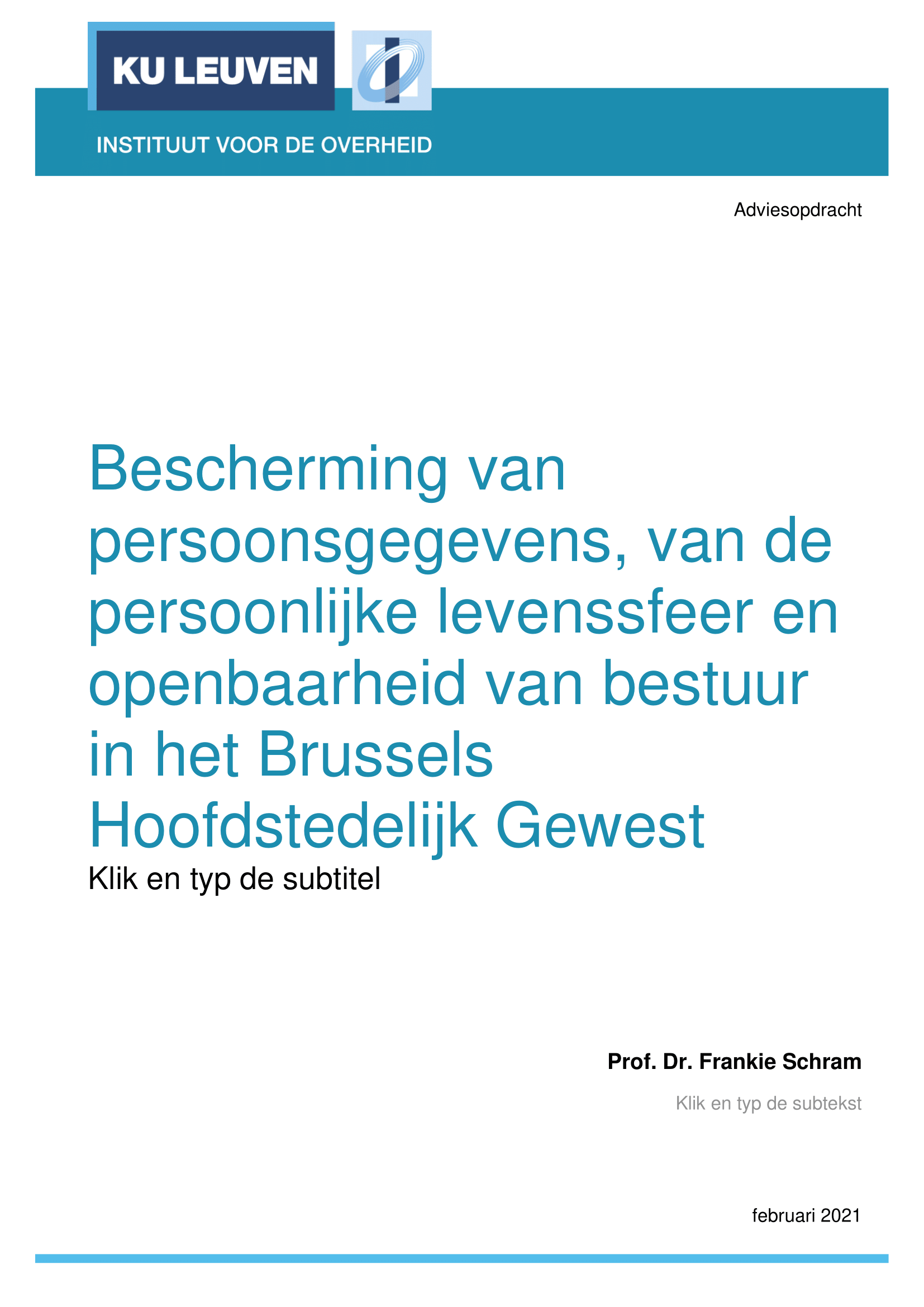
A request to obtain an advice described as "regarding address lists and GDPR"
-
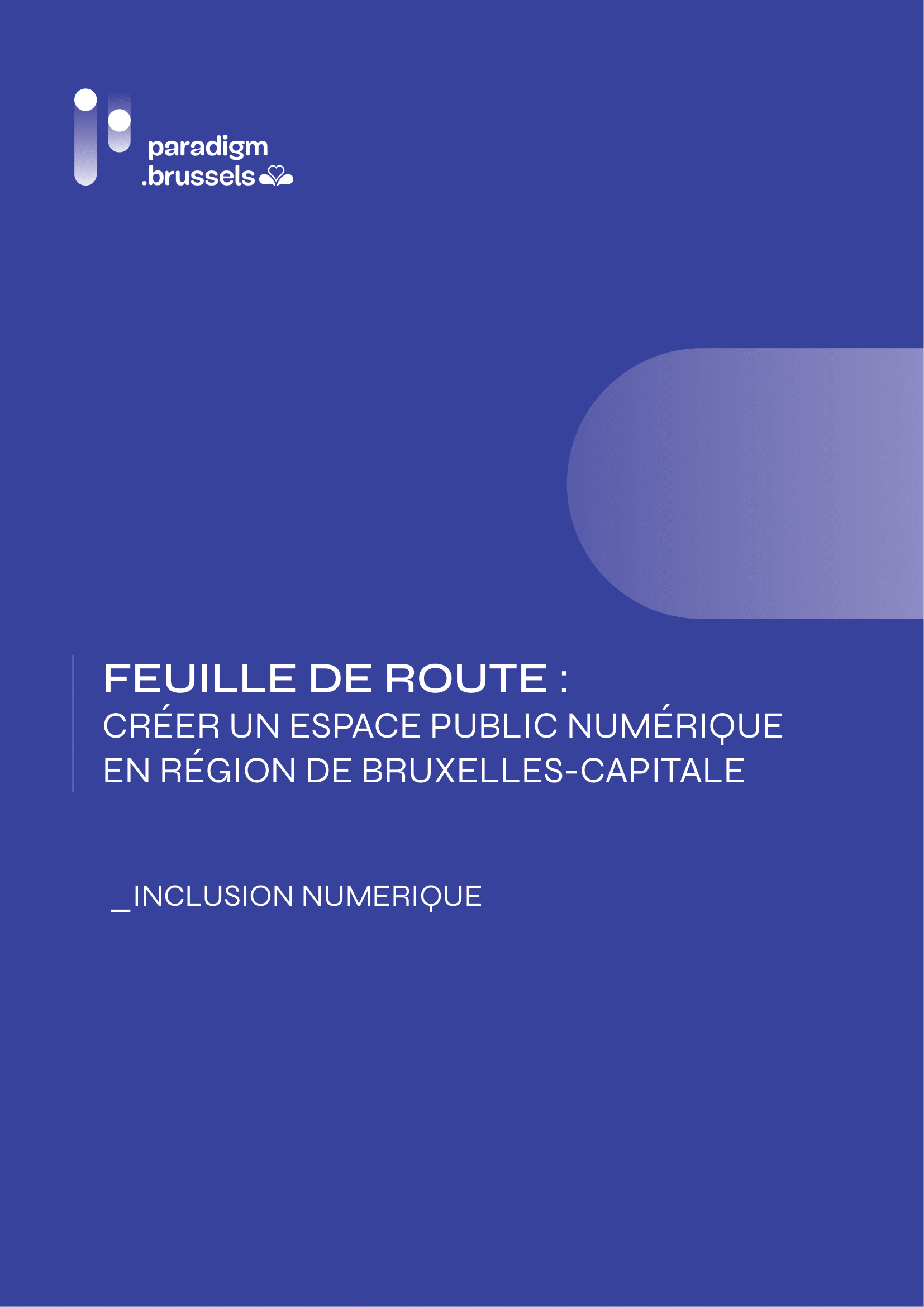
The study details the steps leading to the creation of a DPS: identification of the target public, development of the offer, opening hours, hardware and software, personnel, sources of funding and communication
 Geobru catalogue
Geobru catalogue